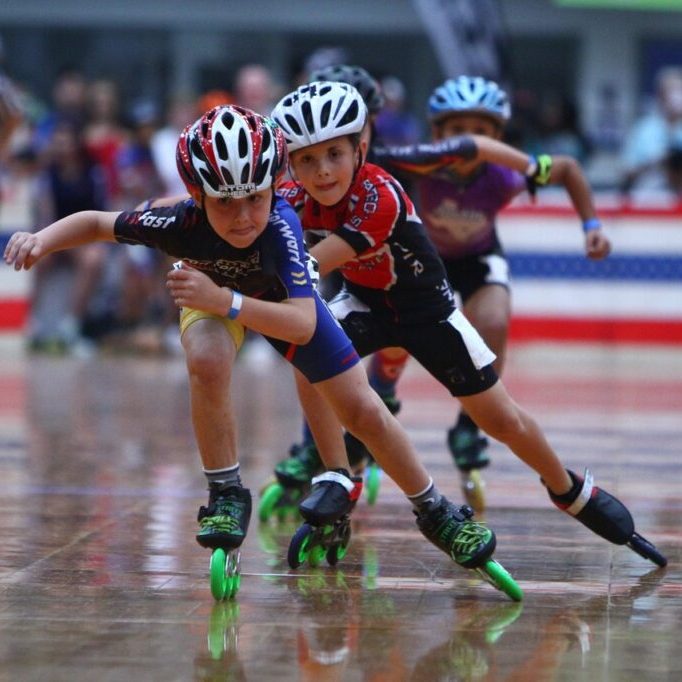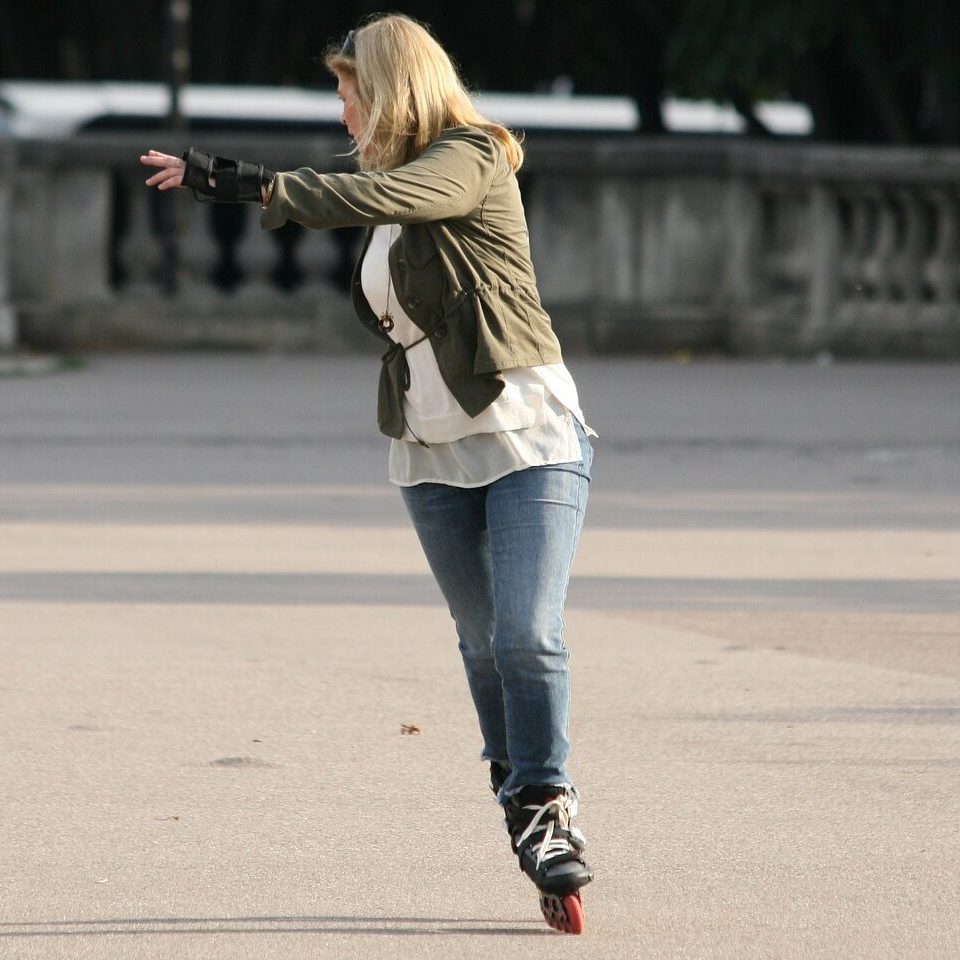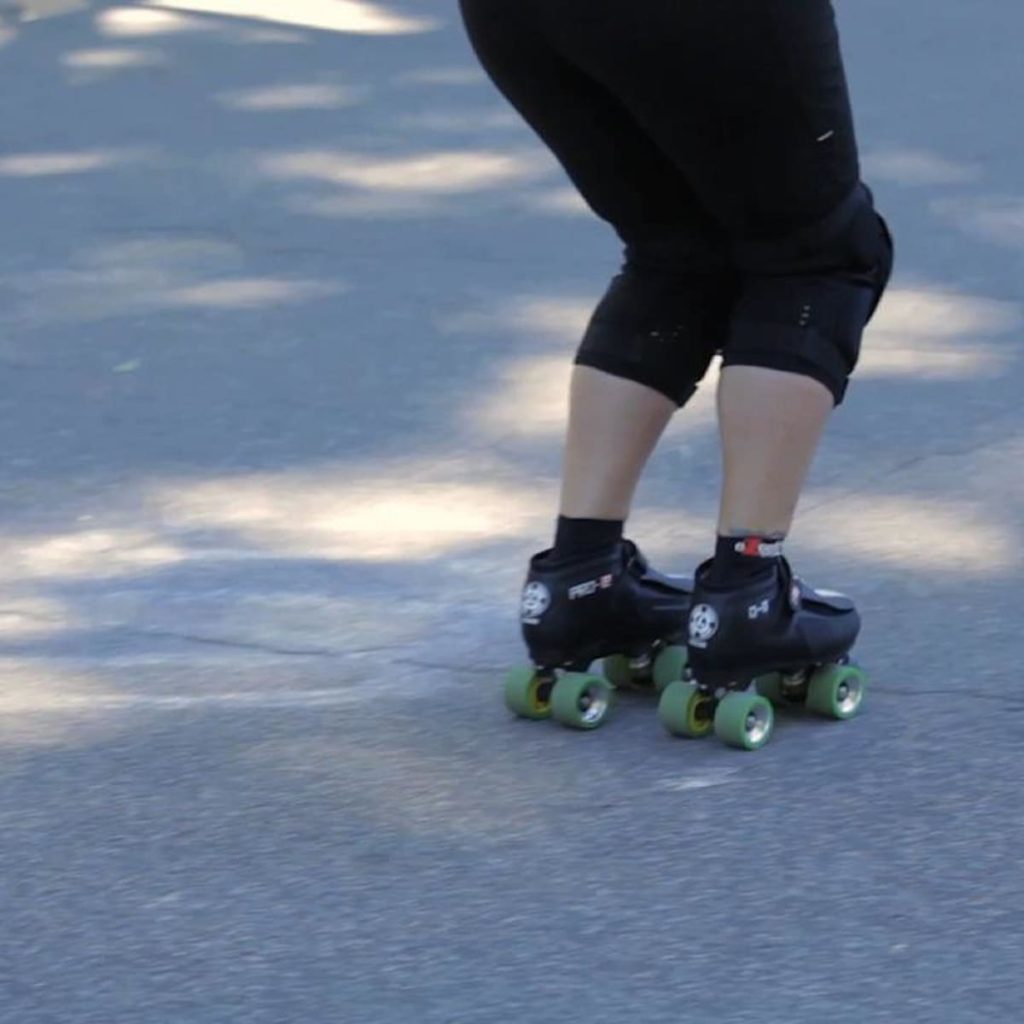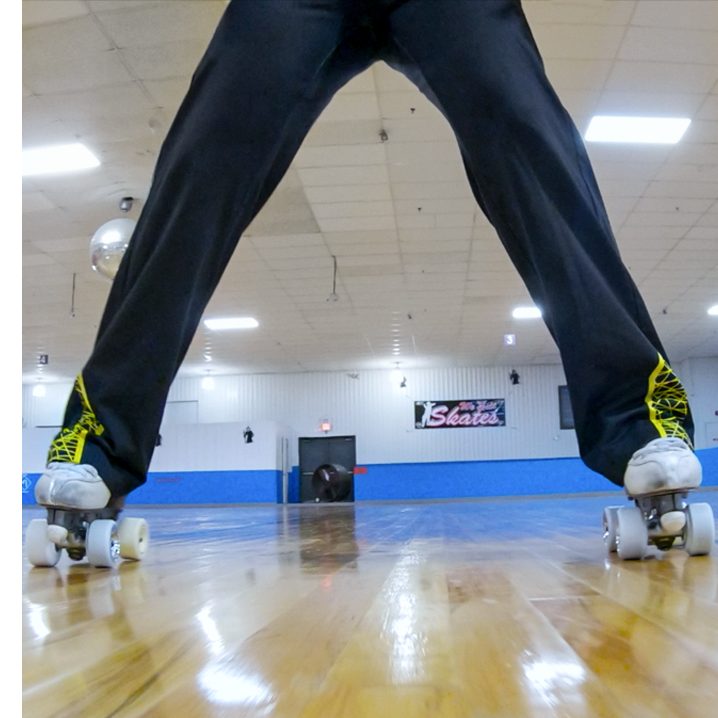Introduction to Backward Skating
Skating backwards is a skill that can enhance your overall skating proficiency, whether you are on ice or roller skates. Many beginners feel intimidated by the idea of skating backwards, but it is an essential technique for various forms of skating, including figure skating, hockey, and artistic roller-skating. Mastering this skill will improve your balance, control, and agility. Furthermore, it opens up new possibilities for tricks and maneuvers that can make skating more enjoyable.
In this guide, we will discuss the fundamentals of skating backwards, including proper stance, balance, and techniques. We will break down each aspect step by step, allowing you to build confidence as you learn this skill. By preparing yourself with the right mindset and techniques, you can become proficient at skating backwards in no time. This article is designed for beginners and those looking to improve their skating abilities, providing practical tips and techniques to foster your progress.
Understanding the Basics of Backward Skating
The Importance of Posture
Before attempting to skate backwards, it is crucial to understand the importance of posture. Your body should maintain a balanced and stable position throughout the movement. Start by bending your knees slightly and keeping your back straight. This posture allows you to have a lower center of gravity, making it easier to maintain balance while moving.
Your arms play a significant role in maintaining balance as well. Keep your arms bent at about a 90-degree angle and slightly away from your body. This position allows you to use them for balance without creating unnecessary tension. Good posture not only improves stability but also allows for easier transitions between forward and backward skating. By setting a strong foundation in posture, you pave the way for successful backward skating.

The Role of Balance
Balance is a critical component of skating backwards. Proper weight distribution makes it easier to navigate smoothly without falling or losing control. To better understand balance, practice standing without moving. Shift your weight from one foot to the other while maintaining a straight posture. This exercise helps you develop an awareness of your body’s balance and establishes a connection with your skates.
When you begin skating backwards, focus on distributing your weight evenly between your skates. Leaning too far back or forward can lead to instability. As you pick up speed, keep your core engaged to maintain control. Strengthening your core muscles outside of skating can also improve your overall balance. Activities such as yoga or pilates will help enhance your stability, making backward skating significantly easier to master.
Basic Techniques for Skating Backwards
Starting from a Standstill
To begin skating backwards, it is essential to know how to start from a standstill. Begin by standing flat on your skates, with your feet positioned shoulder-width apart. Bend your knees and engage your core for support. Gently push off your dominant foot while shifting your weight onto the other foot, moving it slightly back. This initial movement will propel you backwards.
After pushing off, allow your back foot to follow your front foot gradually. Initiate a gentle rocking motion by bending your knees, transferring your weight, and pushing off with your back foot. This movement generates the necessary momentum to skate backwards effectively. It is also essential to stay relaxed and avoid tensing your muscles. Tension can lead to instability and hinder smooth motion.
Using the “T” Push
One effective technique for gaining momentum as you skate backwards is the “T” push. This method involves positioning one skate behind the other in a “T” formation for better control and balance. Start by pushing off your dominant foot, shifting your weight to the skate that is behind.
When applying the “T” push, make sure your back foot (the one behind) is angled slightly outward to create stability. This position encourages proper weight distribution and enhances your ability to navigate. As you gain comfort with this technique, experiment with different angles and pressures until you find a comfortable rhythm. The “T” push can significantly improve your backward skating ability, giving you the confidence to move more fluidly.

Practicing Backward Skating Techniques
The Importance of Drills
To become proficient at skating backwards, practicing specific drills will greatly enhance your skills. Start with simple gliding drills by skating forwards, then shift into backward skating once you feel comfortable. Start slow and focus on maintaining your posture and balance as you practice gliding backwards.
Another useful drill is the “C” curve. This technique involves performing a wide semi-circle while skating backwards. Leaning into the curve helps develop balance enough to manage turns smoothly. Performing this drill in an open area will give you freedom to practice and gain confidence. Keeping a consistent practice routine will allow you to develop muscle memory and improve your backward skating abilities.
The Necessity of Safety Gear
Before beginning your backward skating practice, ensure you are equipped with the right safety gear. Safety gear minimizes the risk of injuries during training sessions. Essential items include a helmet, wrist guards, knee pads, and elbow pads. Wearing a helmet is especially important in case you happen to fall while practicing.
Protective gear not only enhances safety but also builds confidence. When you know you are safeguarded, you may feel more inclined to push your limits in practice. Falling is a natural part of learning a new skill, so having proper protection will help ease the fear of falling and encourage a positive learning attitude. Prioritizing safety will allow you to focus on your skating technique without the constant worry of injury.
Advanced Techniques for Backward Skating
Learning Turns and Crossovers
Once you feel comfortable skate backwards, start incorporating turns and crossovers into your practice. To execute a simple backward turn, begin by looking over your shoulder in the direction you wish to go. Shift your weight onto your back leg (the leg closest to the direction of the turn), and then begin to pivot your hips. This motion will guide your skates around, allowing you to turn effortlessly.
Additionally, practicing crossovers can significantly improve your backward skating skills. To perform a crossover, lead with one skate while crossing it over the other skate. This motion creates momentum and helps you navigate turns with finesse. Practicing these techniques will help build your confidence and control, allowing you to skate backwards with ease.
Incorporating Speed
After mastering basic techniques and turns, the next step is learning to pick up speed while skating backwards. Speed not only enhances your skating experience but also allows for smoother transitions and maneuvers. Begin by gradually increasing your pushes during the “T” push or while gliding backward.
Ensure that you maintain proper form even as you pick up speed. Engaging your core and keeping your knees slightly bent allows for better control. Practice speeding up in a safe environment and gradually incorporate more challenging terrains. This will give you hands-on experience with changing conditions while progressing your backward skating skills into more dynamic situations.

Troubleshooting Common Issues
Tackling Loss of Balance
One common challenge faced by beginners while skating backwards is losing balance. This often occurs due to a lack of weight distribution or incorrect posture. To overcome this, take a moment to reassess your posture and center of gravity. Focus on keeping your knees bent and your weight equally distributed over both skates.
If you find yourself frequently losing balance, practice standing still on your skates without moving. Shift your weight from side to side and practice staying balanced. This will build confidence in your stability. With consistent practice and awareness of your positioning, you will find it easier to maintain balance as you glide backward.
Addressing Fear and Anxiety
Many beginners experience anxiety when attempting to skate backwards. Fear of falling can be overwhelming and make it difficult to enjoy the experience. To tackle this, it’s important to embrace patience and set realistic goals for yourself. Start with short sessions focused solely on getting comfortable with the motions.
Gradually increase your practice duration and complexity as your confidence grows. Consider practicing with a friend or instructor, as having support can reduce apprehension. They can offer guidance and provide feedback that can help you overcome fear. As you gain comfort, remember to celebrate small achievements along the way, which can boost your confidence in your abilities.
Conclusion: Enjoying the Journey of Backward Skating
In conclusion, skating backwards is an invaluable skill that enhances your overall skating experience. By mastering posture, balance, and technique, you can develop confidence and proficiency in this exciting aspect of skating. Practice is vital to your success; take the time to refine your skills incrementally.
As you progress, be sure to focus on safety, wear protective gear, and create an enjoyable environment for learning. Incorporating advanced techniques, such as turns and speed, will add new dimensions to your skating journey. Remember, overcoming challenges is part of the process, and patience is key.
Embrace the joy of skating backwards, and enjoy the thrill it brings to your skating endeavors. With dedication and practice, you will soon glide effortlessly in both directions, expanding your skills and enhancing your overall experience on the rink or the pavement!
